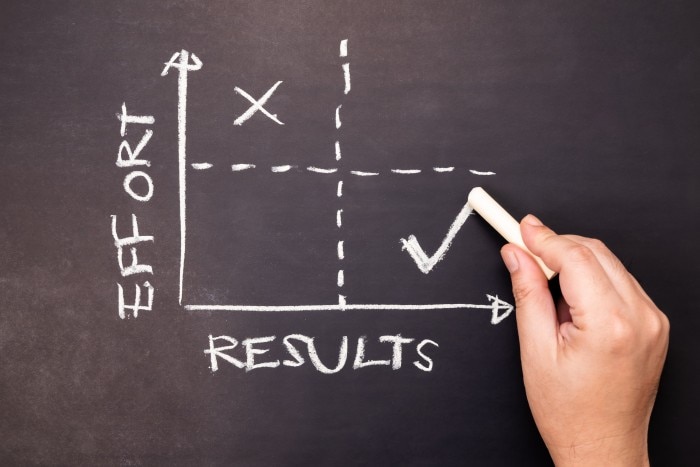MENU
NL | EUR
NL | EUR
-
- Benchtop Centrifuges
- Floor-Standing Centrifuges
- Refrigerated Centrifuges
- Microcentrifuges
- Multipurpose Centrifuges
- High-Speed Centrifuges
- Ultracentrifuges
- Concentrator
- High-Speed and Ultracentrifugation Consumables
- Accessories
- Tubes
- Plates
- Device Management Software
- Sample and Information Management
- IVD Products
No results found
Search Suggestions

PCR Protocol Transfer
When buying a new thermal cycler often tedious optimization of each PCR protocol starts again.
Some cyclers offer a list of competition devices that can be chosen in the software to be mimicked in terms of ramp rates. Or you can program the ramp rate of your former cycler directly in the software of the new cycler. This can help to reduce or avoid optimization effort. But what if the former cycler is not in this list, or the PCR does not perform as expected?
The total runtime of a PCR correlates to the ramp rate of a cycler. The higher the ramp rate, the shorter is the total runtime in theory. But when comparing total runtimes of multiple cyclers with the same published ramp rate it gets obvious that the runtimes widely differ. This can have multiple reasons such as the time needed for heating the lid, cooling rates, temperature modes or variable ramping. Variable ramping means that the ramp rate slows down while heating up and instead of a linear heating curve a more rounded curve is achieved. When your former cycler used variable ramping and you want to switch your protocol to a new device you might get surprised with a shorter runtime when programming the only the ramp rate of your former cycler. This happens if the new cycler is using reliable linear ramping at which the ramp rate is constantly at its maximum and not slowing down during the heating process. But this could also lead to a lower yield, or no PCR product at all if your PCR is sensible and the samples prefer a slower cycler which is sometimes the case in NGS preparation.
A safer option is to work with the actual runtime your former cycler needed for the whole PCR run. Be sure to substrate the time for heating the lid and anytime hold cycles when the run is finished as this does not correspond to the actual reaction. Using the total runtime as reference for the ramping of a PCR leads to mimicking of a cyclers’ properties. It does not matter if the cycler used linear, or variable ramping in this case.
Programming the actual runtime of your former cycler in the software of Mastercycler® X50 and Mastercycler X40 leads to adaptation of its ramp rates according to the runtime. No optimization is necessary after switching to these Mastercycler models and you can go on with your experiments as you are used to.
Note: Your former cycler must have a published ramp rate lower than our cyclers. With Mastercycler X50s and its 10 °C/s ramp rate you are on the safe side.
The total runtime of a PCR correlates to the ramp rate of a cycler. The higher the ramp rate, the shorter is the total runtime in theory. But when comparing total runtimes of multiple cyclers with the same published ramp rate it gets obvious that the runtimes widely differ. This can have multiple reasons such as the time needed for heating the lid, cooling rates, temperature modes or variable ramping. Variable ramping means that the ramp rate slows down while heating up and instead of a linear heating curve a more rounded curve is achieved. When your former cycler used variable ramping and you want to switch your protocol to a new device you might get surprised with a shorter runtime when programming the only the ramp rate of your former cycler. This happens if the new cycler is using reliable linear ramping at which the ramp rate is constantly at its maximum and not slowing down during the heating process. But this could also lead to a lower yield, or no PCR product at all if your PCR is sensible and the samples prefer a slower cycler which is sometimes the case in NGS preparation.
A safer option is to work with the actual runtime your former cycler needed for the whole PCR run. Be sure to substrate the time for heating the lid and anytime hold cycles when the run is finished as this does not correspond to the actual reaction. Using the total runtime as reference for the ramping of a PCR leads to mimicking of a cyclers’ properties. It does not matter if the cycler used linear, or variable ramping in this case.
Programming the actual runtime of your former cycler in the software of Mastercycler
Note: Your former cycler must have a published ramp rate lower than our cyclers. With Mastercycler X50s and its 10 °C/s ramp rate you are on the safe side.
Read more
Read less
Related Documents:
Read more
Read less
